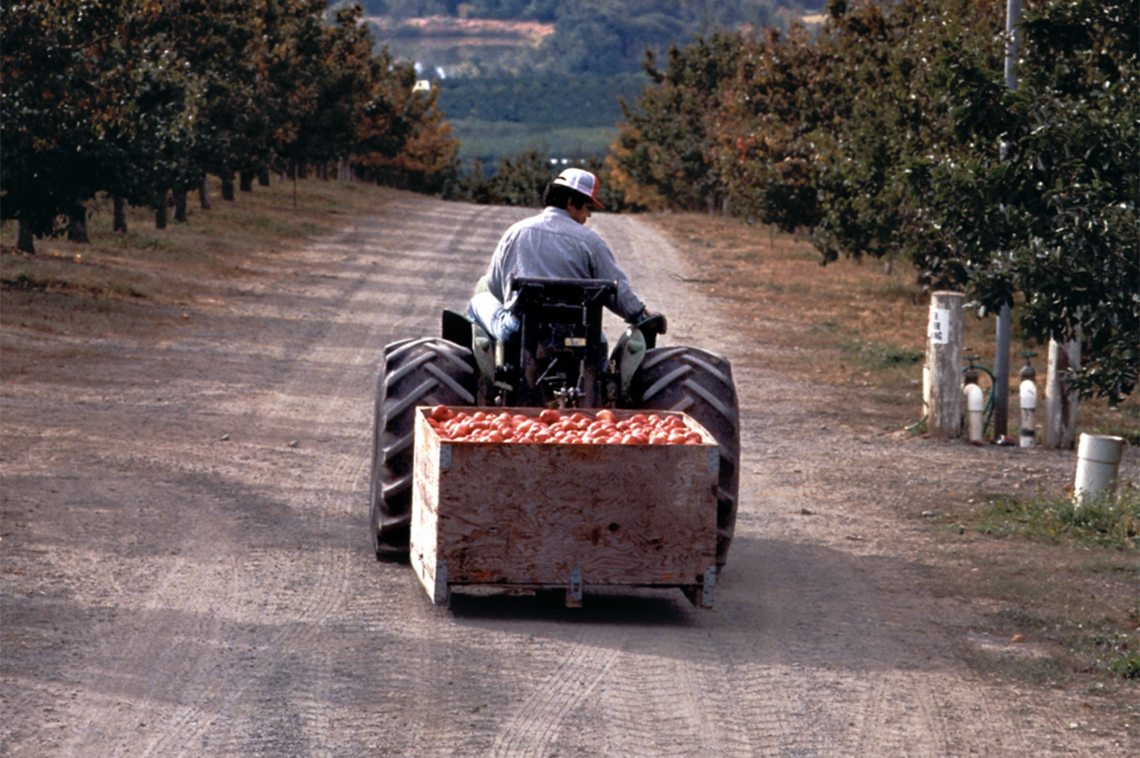
An exciting new federal publication announced recently has seemingly no connection to creative placemaking, but the tale of this report’s release begins squarely with ArtPlace and the National Endowment for the Arts.
The publication —“Harvesting Opportunity: The Power of Regional Food Systems Investments to Transform Communities”—is a joint effort by two federal agencies, the Federal Reserve Bank of St Louis and the USDA’s Rural Development Agency. The report features essays which highlight the growing investment opportunities associated with local and regional food systems enterprises.
The idea for this new report, I shamelessly boast, came from me following a similar publication focused on creative placemaking by the San Francisco Federal Reserve, in partnership with ArtPlace and the NEA. That latter report, released to great fanfare at a San Francisco event in December 2014, was an important validating moment for creative placemaking field of practice and elevated the ideas of how the public and private arts investments could be more strategically integrated with traditional community development approaches to greater economic impact, particularly in underserved and economically struggling urban neighborhoods and rural towns.
Working at the USDA for the Obama Administration I was actively engaged promoting rural community development, including ways arts and culture investments could propel small town economies. I was an enthusiastic cheerleader for the partnership opportunities between federal agencies and ArtPlace.
I was also involved with an innovative effort at USDA that was looking at how expanding demand for local and healthier foods could similarly help rural economies and provide a bridge between urban consumers and nearby rural farm owners and businesses.
I got to thinking that our local food systems work would be similarly suited to a Federal Reserve research publication. Fast forward to last week, and this new report is now a reality. It would not have happened had the creative placemaking research report not provided the example.
It is also worth noting that many creative placemaking strategies have chosen to involve food and agriculture. Whether it is integrating new farmers market into the Vollis Simpson Whirlygig Park in Wilson, North Carolina, how a neighborhood garden is fostering home-ownership in a high poverty area of Jackson, Mississippi, or how an annual agriculture festival is using artist projects to promote farmland protection and economic sustainability in Reedsburg, Wisconsin.
This story is a personal reminder of how one never knows where conversations and relationships will lead to something new and productive. Moreover, it reinforces my belief that integrating community development approaches is going to be essential to addressing many of the social equity and inclusion challenges facing both urban and rural areas that have been left behind in the global economy.
It is gratifying to have played a small, if catalytic, role in connecting the creative placemaking community of practice to the federal government’s efforts of re-energizing the local and regional food sector.





